
Departure from dilutional similarity can be interpreted as evidence that the groups of organisms are not comparable or the preparations do not contain the same active compounds.
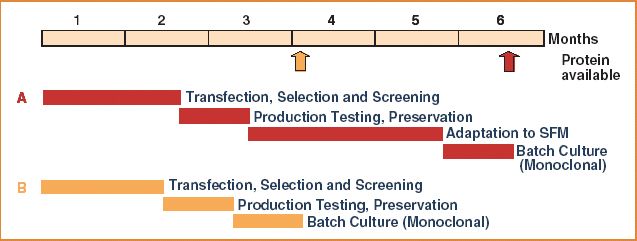

Departure from dilutional similarity can be interpreted as evidence that the groups of organisms are not comparable or the preparations do not contain the same active compounds.

FDA and regulatory agencies worldwide have recently approved many advanced bioanalytical technologies. Receiving approval of advanced test methods for new biopharmaceutical products is relatively straightforward, provided clinical and process validation data are generated by the same (or at least similar) test method. However, regulatory approval becomes more difficult and time consuming when compendial test methods or test methods for already licensed biopharmaceuticals are changed.

Characterization of biopharmaceuticals (proteins) during early development is done for several reasons. The most important reason is the need to have supporting data that demonstrates the comparability of material used throughout development. This is particularly important as the production process is optimized and small changes in the process may affect the structure of the product. Demonstration of comparability of proteins produced throughout product development is more complicated, due to the inherently heterogeneous nature of many biologicals.

The methods used in most microbiological test laboratories originated in the laboratories of Koch, Lister, and Pasteur. While numerous changes have occurred in the chemistry laboratory, there have been limited improvements in methods used for microbiological testing.

"The objective of validation of an analytical procedure is to demonstrate that it is suitable for its intended purpose" (International Conference on Harmonisation Guideline Q2A).1 "Methods validation is the process of demonstrating that analytical procedures are suitable for their intended use" (US Food and Drug Administration Draft Guidance for Industry, 2000 ).2

Factors such as quality, time to market, and regulatory changes are forcing an evolution to state-of-the-art analytical test methods.

Nearly every process conducted in a biotechnology company requires analytical methods to back it up. Since BioPharm's last guide published in December 2001,1 scientists have developed exciting, new tools for conducting research. Listed here is a sampling of new technological developments unveiled in 2005.
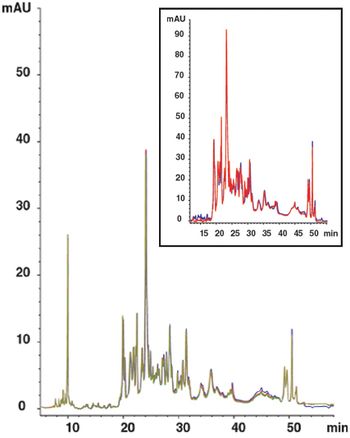
The concentration range of proteins in human plasma spans approximately twelve orders of magnitude, with 85 to 90% of the protein mass distributed across as few as six proteins.

Misinterpreting the effluent profiles obtained during tracer measurements performed for determining packing quality can often lead to excessively large percolation velocities and exaggeration of packing problems. Highly useful and reliable information can be obtained through characterization of tracer effluent curves using the method of moments, information that could be critical for successful scale-up of chromatographic steps. This is the sixth in the "Elements of Biopharmaceutical Production" series.
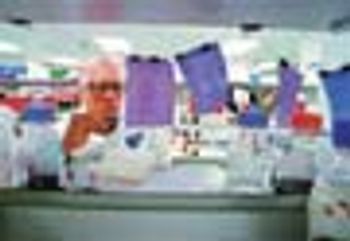
When data are not normal, a more efficient approach to monitor and control the performance of this assay requires transforming the data to a normal distribution. One of the most useful transformations was invented by Taguchi.

The manufacturer should propose stability-indicating methodologies that provide assurance that changes in the identity, purity, and potency of the product will be detected.
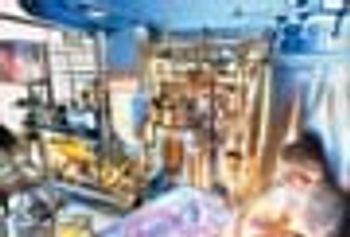
In a mere 30 years of development, a total of 23 MAbs and MAb-related proteins have been approved for medical treatments.
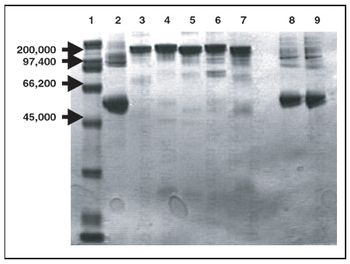
An anionic column with modified chitosan bead matrix performs well in purifying cell culture. A pair of cationic-exchange columns shows promise in purifying S25 antibody.
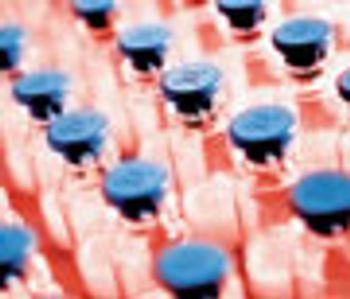
Contract manufacturers must plan for increased analytical resources in development and quality control.
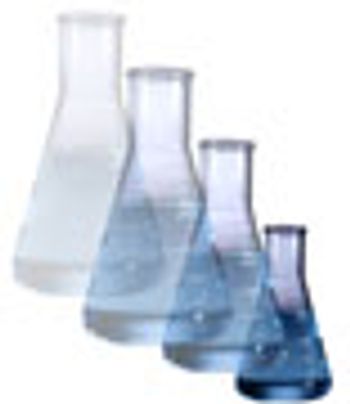
Creation and qualification of scale-down models is essential for performing several critical activities that support process validation and commercial manufacturing. This combined article is the fifth in the "Elements of Biopharmaceutical Production" series. Part 1 (March 2005) covered fermentation. In this segment, we present some guidelines and examples for scale-down of common downstream unit operations used in biotech processes - chromatography and filtration.
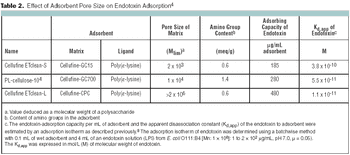
Protein solutions used for research, vaccines, or therapeutics need to be free of contaminants. One of the chief concerns is the presence of endotoxins (lipopolysaccharides) because their removal from protein solutions is a challenge. Typically, removal techniques utilize adsorption onto surfaces of beads in batch reactions, onto beads packed in columns, or onto membrane surfaces.
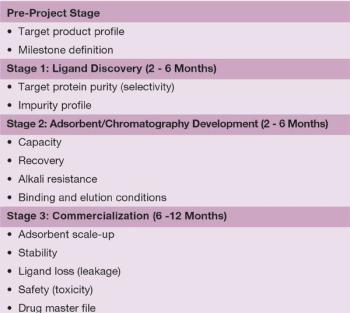
Very significant progress has been made since the mid-1970s when dye ligands were first introduced.

Helium Out-Detects Soap and Water

The biotechnology and pharmaceutical industries have some overriding concerns, namely regulatory and compliance issues, insufficient manufacturing capacity, and the economic challenges of producing niche drugs and therapies.

by Gary Schultz, Advion BioSciences

by Charles Lambalot, Millipore Corporation

by Suzanne Mattingly, Scimagix, Inc.

by Mary Ellen Goffredo, NuGenesis Technologies Corporation Weighing the Options

by Jane Turton, Central Public Health Laboratory and Zain Moola This case study shows that storing an ion-exchange chromatography gel in dilute alkalai, followed by removal of the solubized material, enhances gel cleaning. More material is removed from the gel during column recycling, and carry over of material from one cycle to the next is substantially reduced.

By Jim Erickson, Blue Mountain Quality Resources, Inc., pp. 63-64. In the fast-paced biopharmaceutical manufacturing environment, "speed to market" is the hallmark catch phrase. Many companies are focusing only on the processes that add the most value and are outsourcing the rest. This focus on core competencies has some biotech companies reevaluating their calibration practices. Many are contracting more of that workload, from both laboratory and production facilities, to calibration service laboratories.